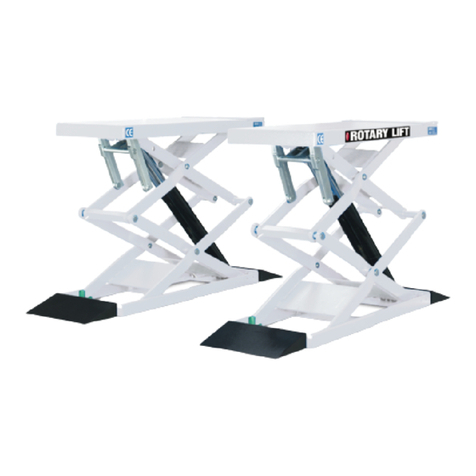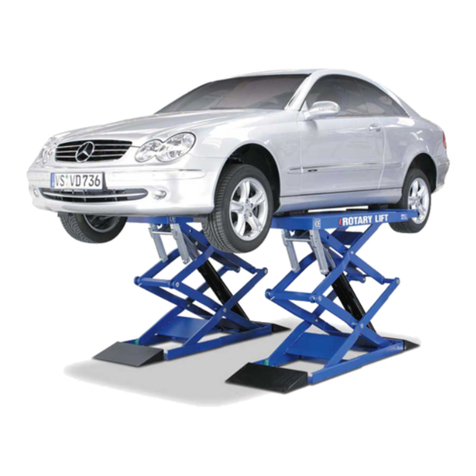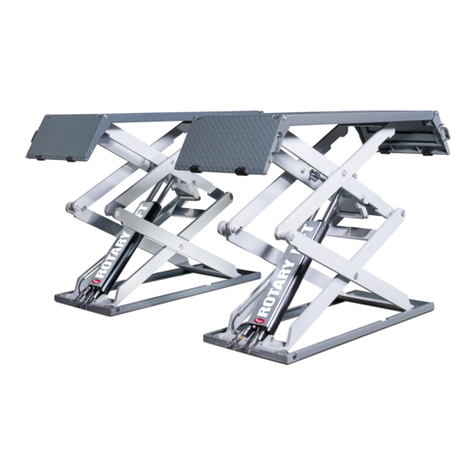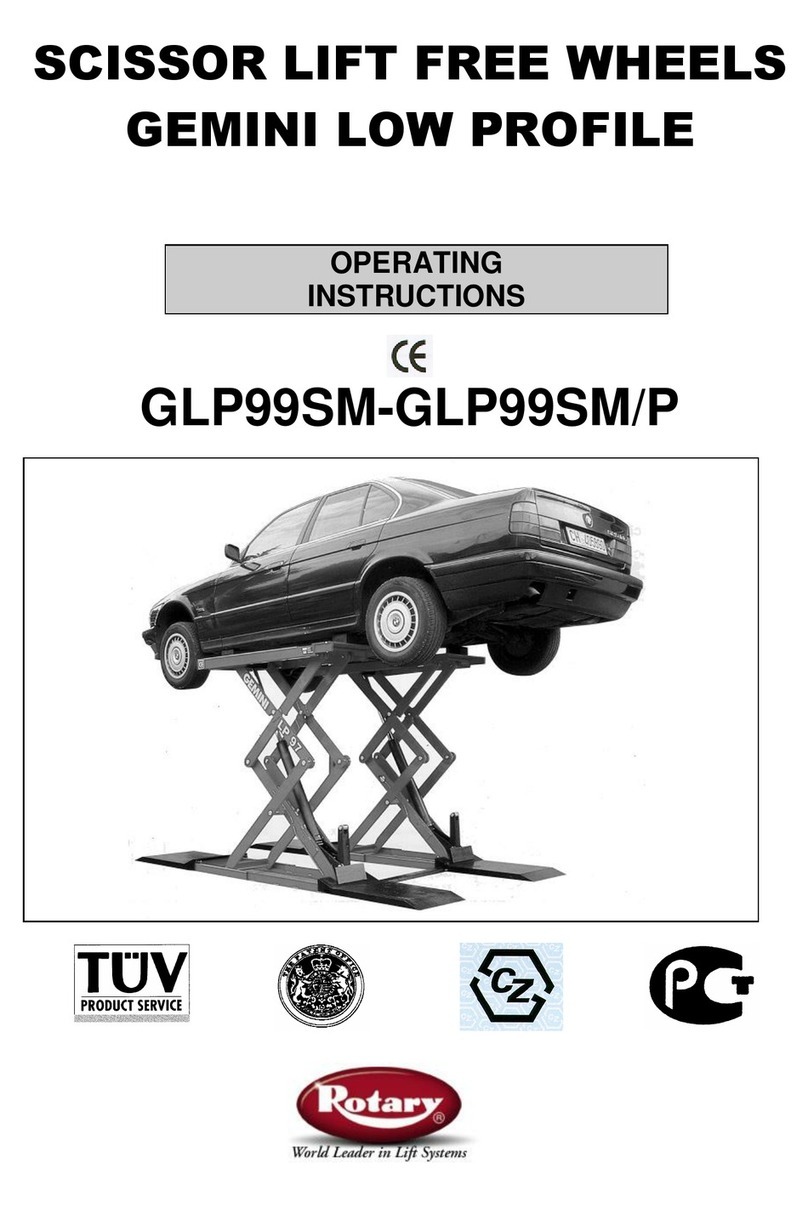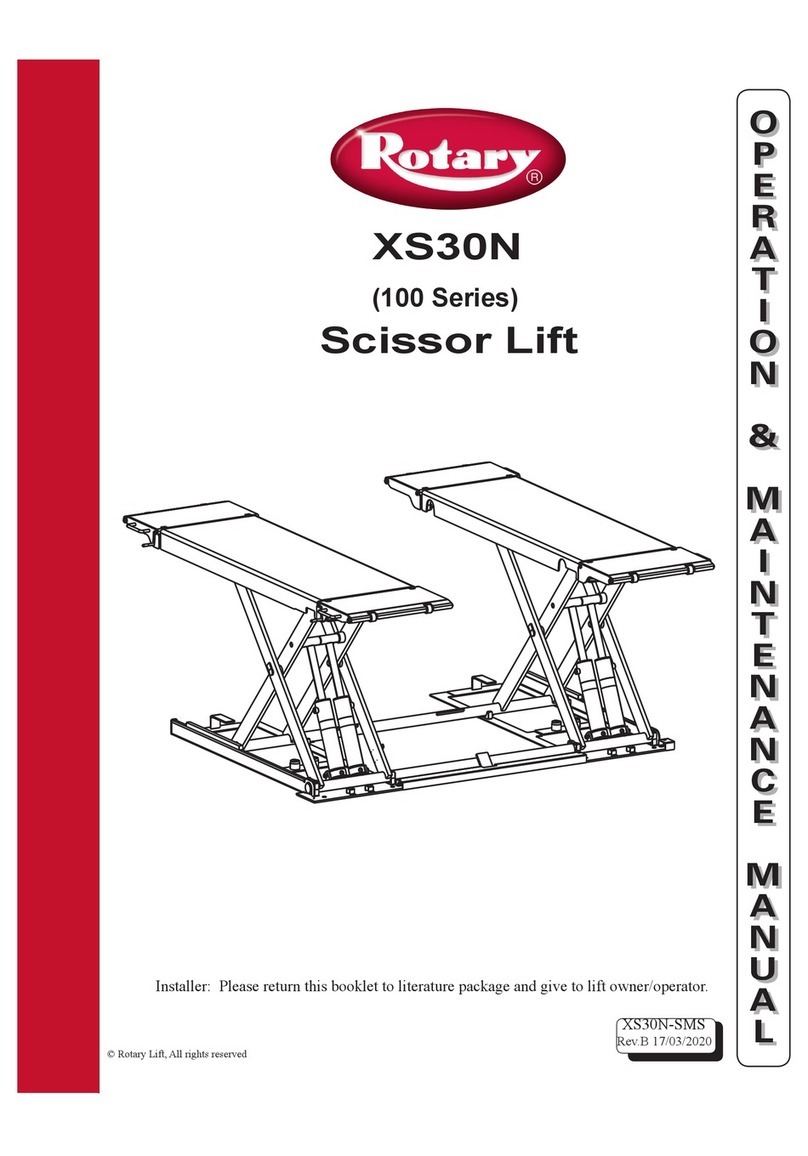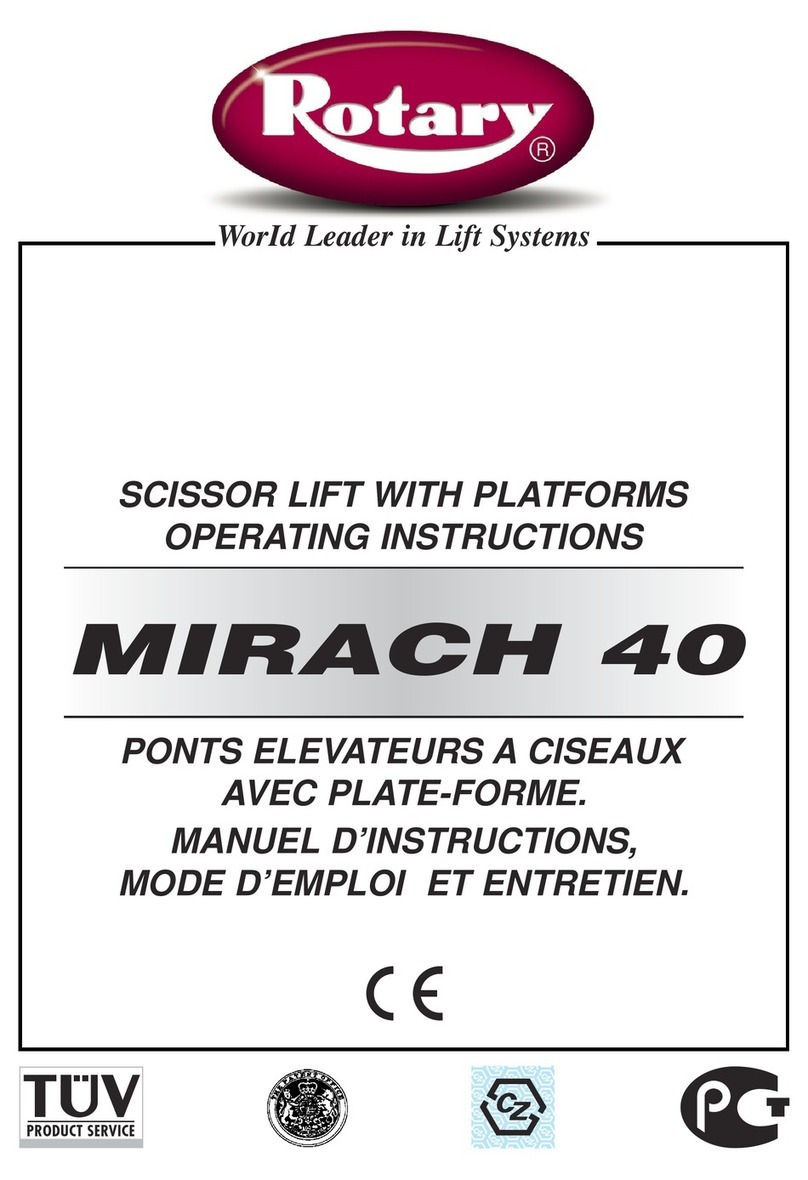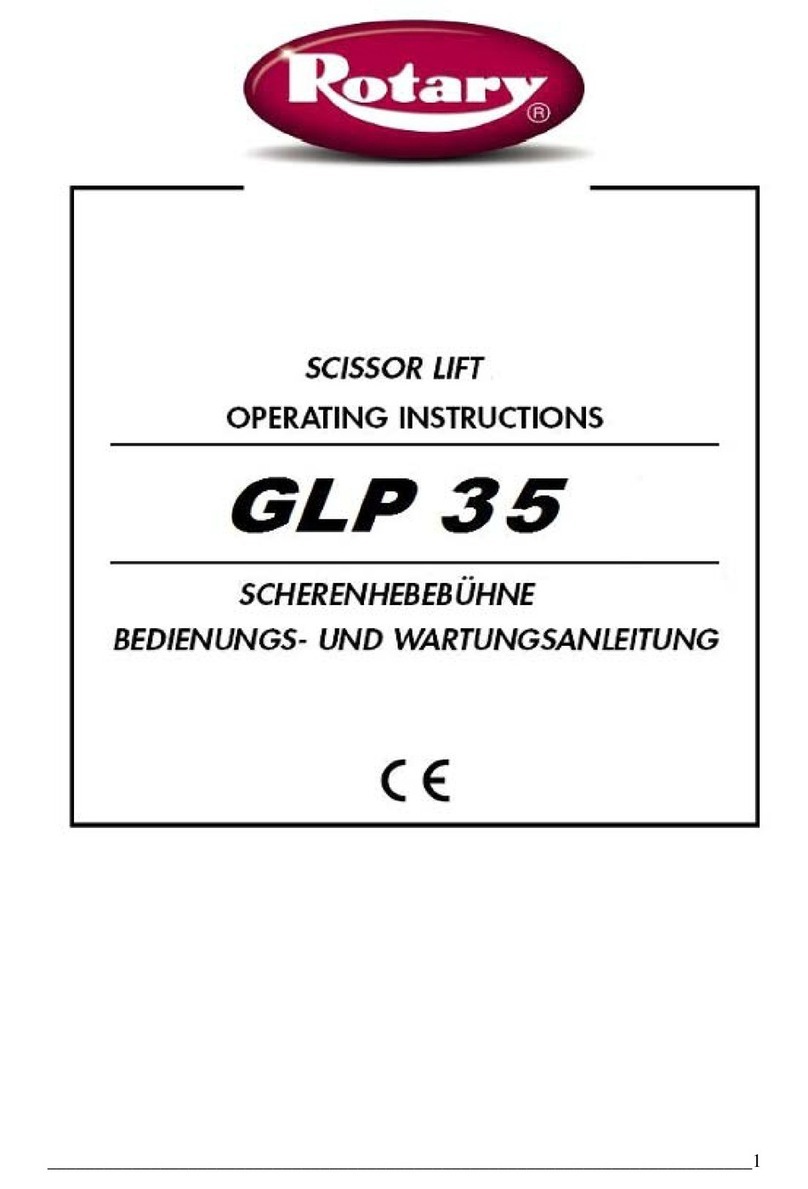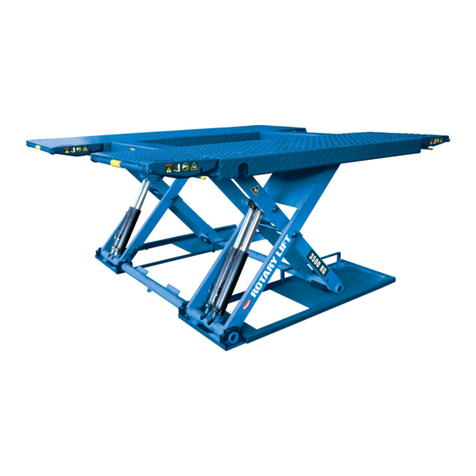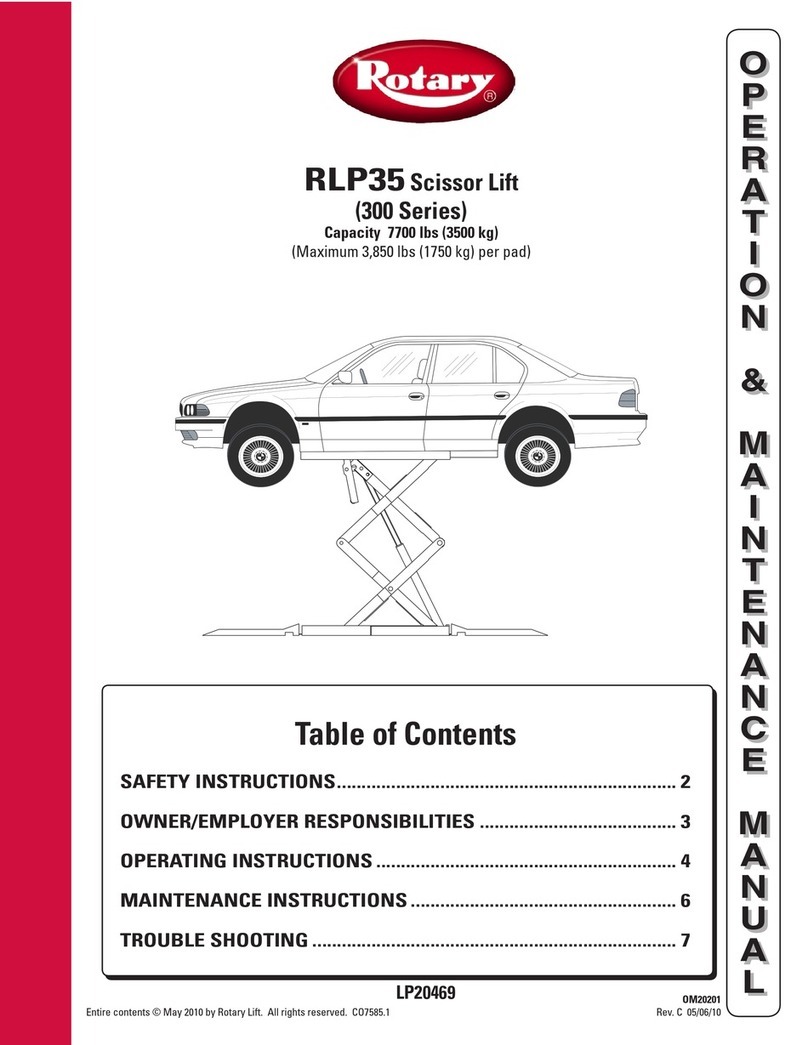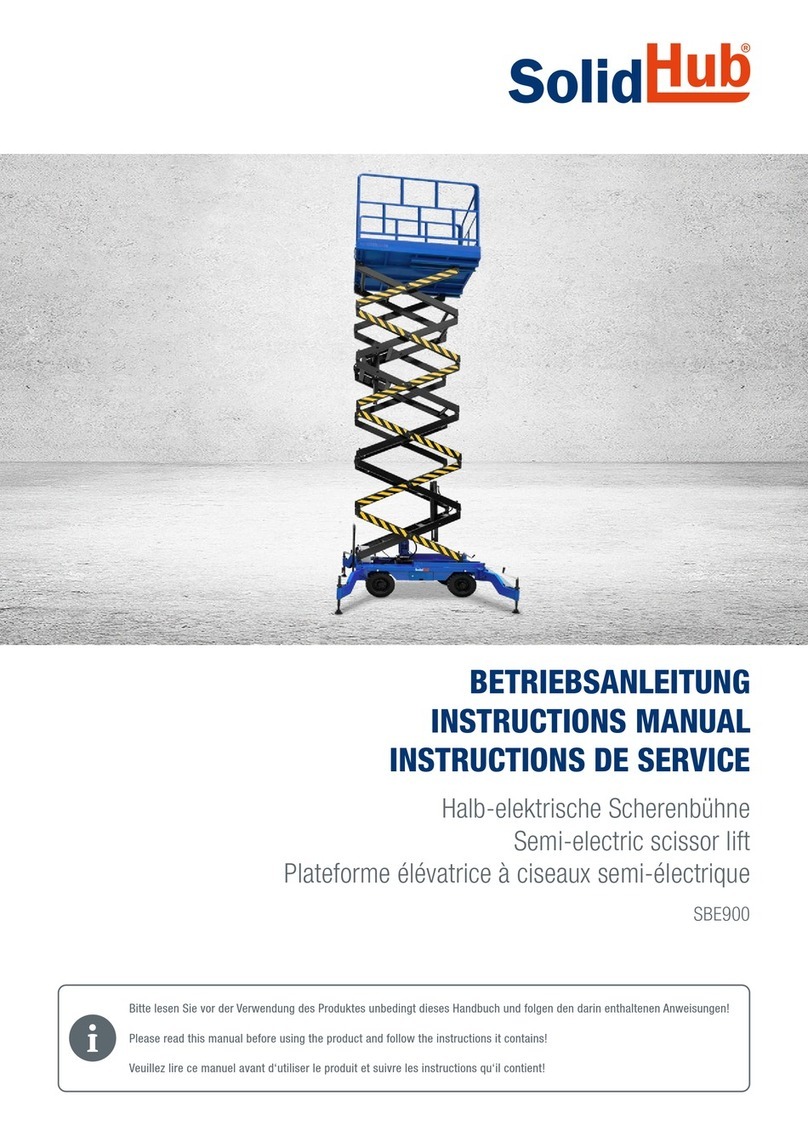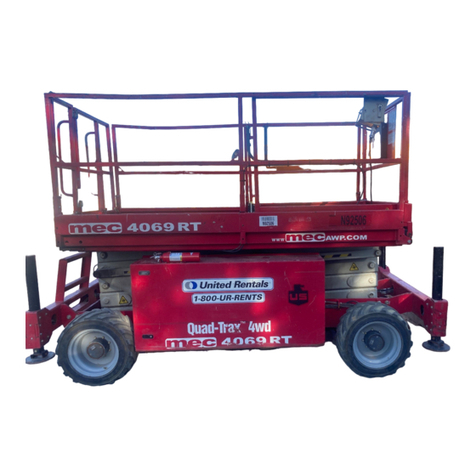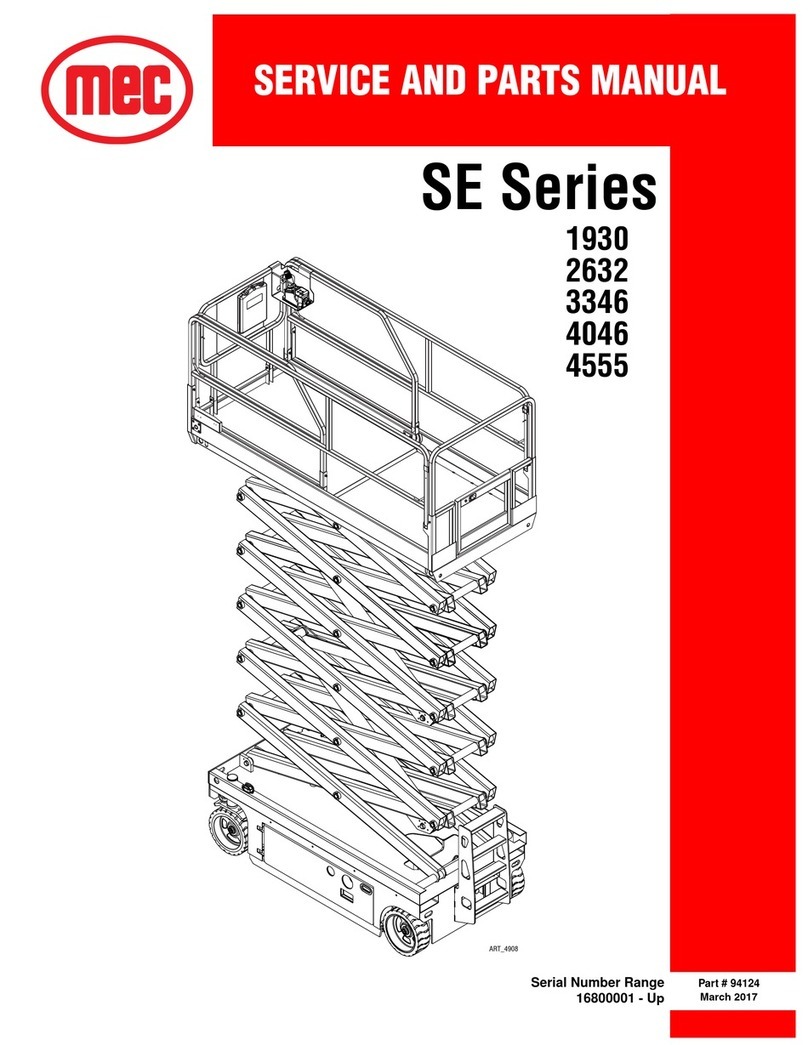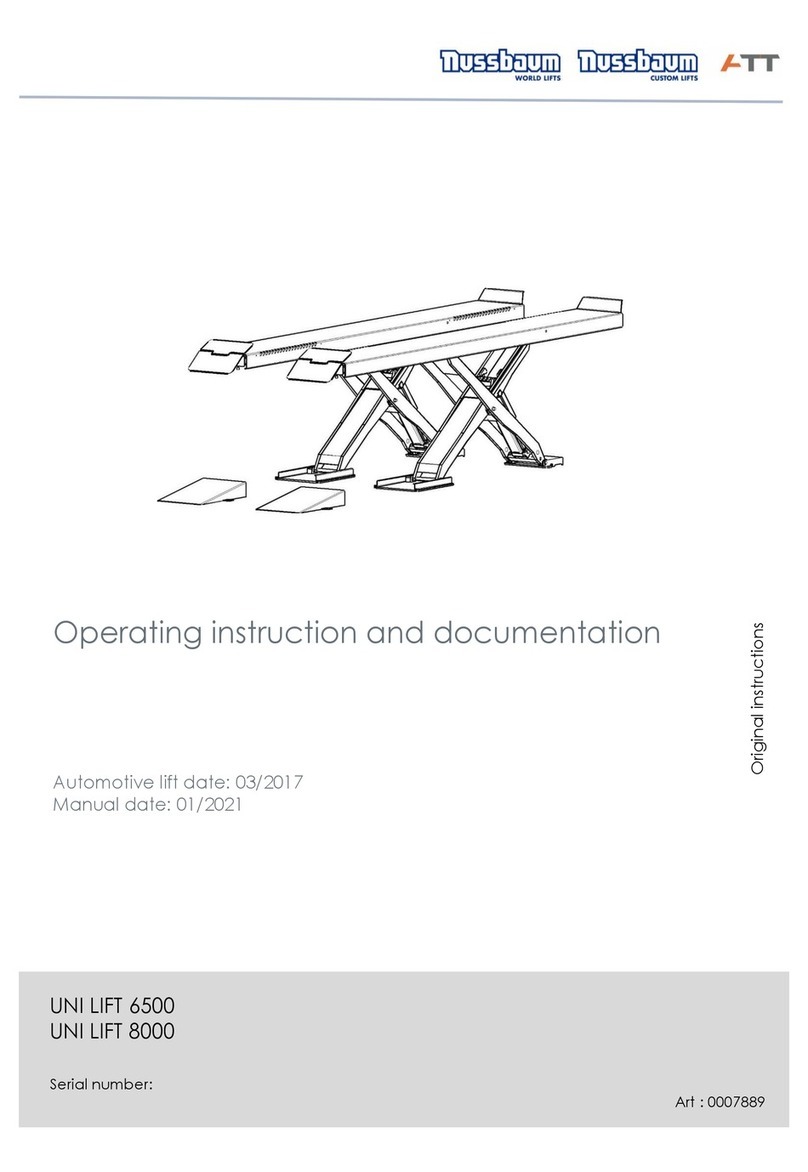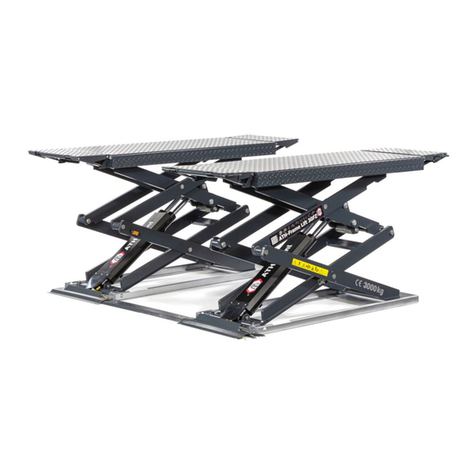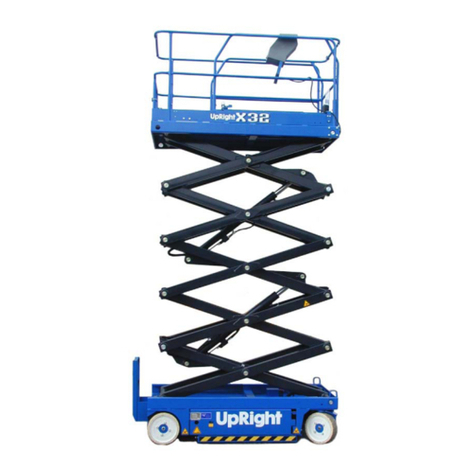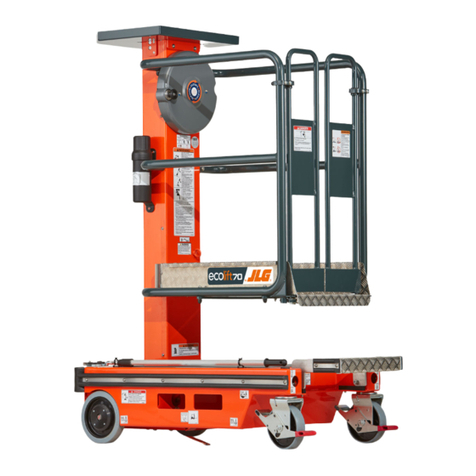
1
User Manual
Chapter headings page
1. Declaration of Conformity ................................................. .................................................. .................... ... ... ... 2
2. Technical characteristics ................................................ .................................................. ... ............. ... ... ..........3
3. Designation ................................................. ............................................. .............. .............. ....................... …..4
4. Expulsion of the lift ... ... ... ... ... .......................................... .................................................. .. .......... ………….5
5. Scope ... ... ... ... ... ............................................ .................................................. ......... ............. 5
6. General Safety Instructions ... ... ... ... ... ........................................... ...................................... .............. ... 7
7. Transportation ................................................. .................................................. ............... ................................. ...8
8. Unpacking ... ................................................ .................................................. .............. .................................. 8
9. Area of installation................................................. .................................................. ... .......................................... 9
10. Installation ................................................. .................................................. ............... .................................... 10
Rails and cross members
Columns
Hydraulic power unit
Connection of the hydraulic unit
11. Characteristics of the safety devices ... ... ... ............................................ ............ ................................ 16
12. Controls ... ... ... .............................................. ................................................ ........................................... 17
13. Installation ................................................. .................................................. .... ................................................. 19
14. Regular maintenance ... ... .............................................. ........................... .................................................. .. 19
15. Instructions ................................................. .............................. .................................................. ... 21
Operation of the lift
Review of the acoustic signal
Emergency stop switch
Attention
16. Manual lowering process ... ... ... ... ... ... ... ... ... ....................................... ................. ....................................... 23
The lift in the event of a power outage lowered manually
Restart the lift after a misalignment of the images
Restart the lift for a longer period, or after a cable is broken
17. Storage ... ... ... .............................................. ............................................... .................................................. .24
18. Disposal ................................................. .................................................. ..... ............................................... 24
19. Information and warnings on Oil ............................................. ...... .................................................. ... 25
20. Functional problems ................................................. ................................... .................................................. .. 26
21. Fire extinguisher ... ... ... .............................................. ............................... .............................................. ...... 27
22. Assembly (for the approved service) ... ... ... ... ... ... ... ... ... ... ... ... ... ... ... ... ... ... ... ... ... ... ... ....... 27
Circuit
Hydraulic and pneumatic circuit
Establishment of the pneumatic unit
Safety devices
Orientation of the free lift
Manual alignment of the free lift
Leveling of the main lift
Installation accessories
General routine inspection
23. Pneumatic circuit diagram ... ... ............................................... ........................ .................................................. 34
24. Hydraulic circuit diagram. ... ... .............................................. ............................. ............................................... 35
25. Electrical Schematic ... ... .............................................. ................................. ............................................. 36
26. Optional Accessories ... ... ... ... ............................................ ............................... ..................................... ........ 38
27. Installation Report ... ... ... .............................................. ............................ .................................................. ... 40
28. Regular maintenance report ... ... ... ... ... ... ... ......................................... .......... .............................. .... .... 41
29. Maintenance plan ... ... ............................................... ............................... .................................................. ..... 42
The information contained in this manual is subject to change without notice.
SM40LT-47/51

